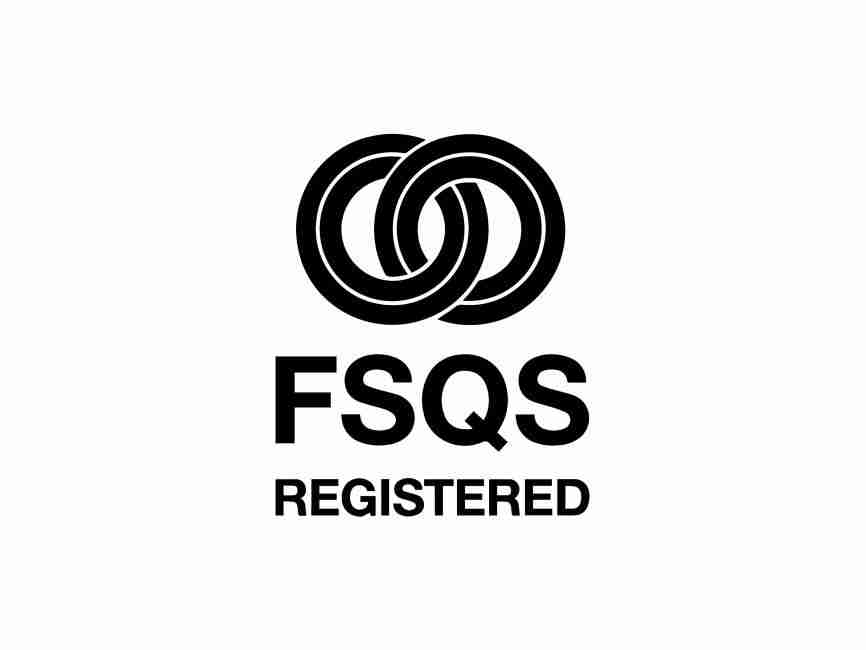In an ideal world your customers would never be put on hold and the agent who answers their call has the right skills and knowledge to resolve their query during the first interaction. One way to ensure that your customers don’t experience long wait times is to use a system called Automatic Call Distribution. This is the simplest call routing solution in that it aims to route the customer who has been on hold the longest to the next available agent. Whilst this does reduce call waiting time, it is not an effective way to prevent callers from being transferred to different agents when the person who answers is not best placed to deal with the issue.
Intelligent call routing is a technology that uses a set of pre-defined criteria to identify your caller and the reason they are contacting your business. It then directs the call to the most appropriate group or individual agent to deal with the call. A good call routing strategy is crucial for contact centres who want to increase first contact resolution.
So, what are the most popular call routing options?
- Direct Routing or Hunt Groups
If you simply want to connect customer call with the right department then this is a simple but effective approach to customer service. If you want Sales, you call the Sales number or press the sales option, and it the Sales agents are busy you wait. This approach gives the caller freedom to choose where they would like their call directed and is quick and easy. It is a good idea to ensure that you have cross-trained agents taking calls, as callers do sometimes choose incorrectly, or simply don’t know which department should handle their enquiry.
- Least occupied routing
With least occupied routing, incoming calls are routed to the agent who has been least busy throughout the day. This is an effective way of ensuring that the workload is distributed fairly between agents. The downside of this strategy is that it can result in agents receiving calls that they do not have the skills to handle.
- Skills-based routing
Skills-based routing is one of the most valuable ways for a business or contact centre to improve the way they interact with and serve their customers. Callers are assigned to the agent with the most relevant skills for handling their query; matching callers to agents based on common skills like spoken language will not only enhance the customer experience but will also streamline internal operations.
- Priority-based routing
This system allows you to prioritise important or urgent support customers by directing them to a different queue so that their call can be picked up faster. The agents picking the calls in the priority queue could be the same ones who answer your normal calls, or they could be agents specifically trained to answer VIPs or urgent enquiries.
- Last agent routing
This form of routing allows you to direct the customer to the same agent they interacted with on previous occasions. The software recognises the caller ID and routes it to the same agent, creating a personalised touch and getting issues resolved more quickly. Last agent routing is beneficial for encouraging agents to develop a relationship with callers, especially in a sales environment when trying to close a deal.
Conclusion
There are various routing strategies, some of more benefit to your contact centre than others. While the advantages of each will vary depending on your individual needs, two gaols remain the same across the board: efficiency and customer satisfaction.
Intelligent routing reduces on-hold time, call duration, and saves agents from having to transfer calls and pass customers around. Part of delivering an excellent customer experience is to ensure that everyone who interacts with your contact centre gets a unique and customised experience. Intelligent call routing is the most efficient way to deliver the best service possible.









